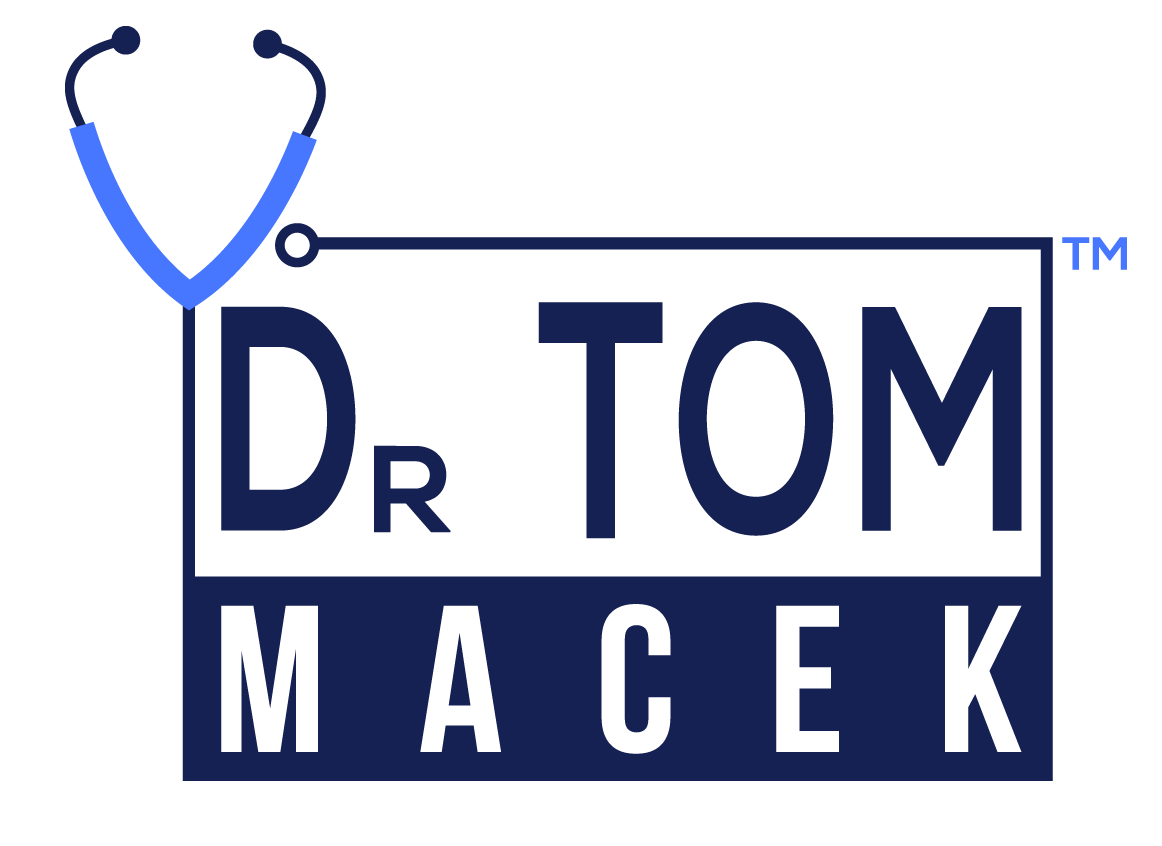What is Spinal Fluid Flow (SFF) and it’s Role in Pain Management?
/What is Spinal Fluid?
Spinal fluid is also known as Cerebrospinal fluid is a colorless liquid that is found in the brain and the spinal cord. It is produced in the ventricles of the brain. The fluid prevents the wear and tear in the brain by providing a cushion to the brain inside the skull. It is also present in the spinal cord and provides the buffer in its case.
It is present along the whole length of the spinal cord. The movement of the fluid is bidirectional, and it pulsates through the inner ear where it is formed, through the brain and along the spinal cord to the sacrum. The liquid flows in the same rhythm as the blood is pumped through the vessels.
Though there is a conflict of opinion amongst the researchers about the direction of the flow of the liquid, it is a fact that the liquid flows in both directions. The contents of the fluid are all derived from the blood plasma. The fluid has the same sodium levels, but different electrolyte levels and comparably higher chloride levels than the blood plasma. The fluid does not contain any red blood cells and has a fixed amount of white blood cells. The quantity of which should not be exceeded otherwise it counts as a medical condition.
The Spinal Fluid and Pain Management:
The fluid is said to contain a high amount of nutrients and it releases these nutrients when it travels along the length of the brain and spinal cord. The exit point of the fluid is the brain but how it moves back up to the brain to be reabsorbed and a newer and fresher supply of the fluid released, this mechanism is still unclear. There is a belief that the fluid's flow may be promoted through proper breathing.
To understand the role of Spinal fluid in pain management, it is important to have an understanding of the benefits that a healthy Spinal fluid has for the body.
• The Spinal Fluid provides crucial strengthening nutrients to the spinal cord and the nerves nodes at the end of the spinal cord.
• It provides a buffer and helps friction and wear and tear amongst the nerves in the spinal cord. It acts as a cushion for the spinal cord.
• The spinal fluid also helps in carrying away the waste material resulting from neuro-inflammation and the harmful substances from the spinal cord to be discharged from the body. The accumulation might prove to be poisonous and leave the body impaired of movement.
• It also helps in carrying the therapeutic drugs to the right points hence increasing the healing of the body.
Spinal Fluid management can help many people with chronic back, and leg pains and the flow of the fluid can be increased with the support of age-old techniques of cycling, walking, and yoga. There is a very famous measure that was advised to John F. Kennedy to help ease his fluid's flow, and that was a rocking chair.
For more information schedule a Free Consultation with Dr. Tom Macek and start alleviating chronic pain naturally.



